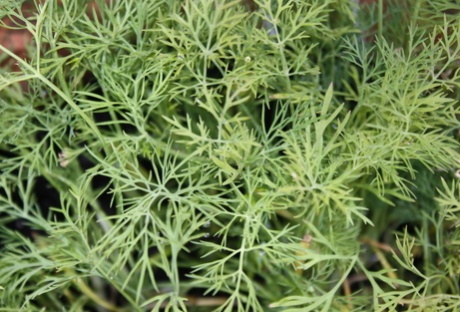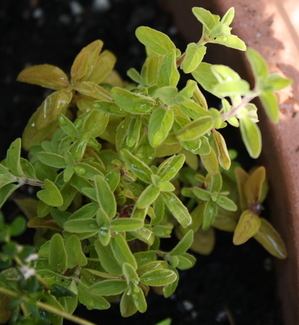More Herbs of Interest
Photos by: Michelle Day
Purple Dark Opal Basil and Queen of Sheba Basil
There are more than 100 varieties of basil available. Most of which are cultivars of the Ocimum basilicum plant. Basil is extremely high in vitamins, iron, calcium and beta-carotene. It is also an herb offering extreme visual qualities beyond that of the normal Sweet Basil. We’ve added two different ones to our herb garden this past week. They are beautiful plants both for harvesting and for visual interest they have already made a tremendous difference.
Dark Opal Basil
This plant was developed in the 1950s at the University of Connecticut (our Connecticut based fans may be interested in that tidbit). The leaves are the same as regular basil in shape and size, however they are a mottled purple color and have a striking impact in an otherwise green vegetable garden. I’d go as far as planting them in a sunny border where you have trouble growing anything else.
The taste it imparts is has a very mild licorice flavor and none of the sharpness found in some varieties of basil. It is a good all around leaf for seasoning and will work in every dish you would use Sweet Basil in. If you put it in vinegar or oil it will impart its deep purple color. You can make a fantastic black pesto too! Dark Opal is a great plant because of the cool colors it offers you!
After being established, it requires very little care (like all basil) and should be trimmed to encourage leaves and keep it from bolting. Once it bolts, experts say the flavor is not as good. So pinch back the seed heads so it will keep producing leaves until the first hard frost.
Black Pesto: Kids don’t eat enough black food, right? You can get them to work with you on it. (A really cool thing to make with your kids especially around Halloween (most basil should last that long in a protected area, even in the Northeast). When you mash and blend it with olive oil in a mortar and pestle, or a food processor, it will turn the olive oil in to a black liquid. Black Opal is also great to sprinkle on a homemade pizza or pasta.
Queen of Sheba
This herb has a spicy flavor and grows tall and thin with spiky purple flowers that you should not pinch off (unlike other basil). Those flowers are part of the striking quality of the plant. It tolerates high heat and humidity. This is probably the best basil variety for both culinary and ornamental uses. The flower spikes are supposed to last all summer and attract butterflies and bees. (This excites me — I’m rather tired of my perennial saliva plants petering out with flowers by the end of June and drying up completely by mid July.) Queen of Sheba likes full sun and good drainage, making it perfect for planters that are hard to keep moist. It grows about a foot high. It is a wonderful herb to add to any spicy Asian or Indian dish and will assuredly perk up your Italian sauces.



